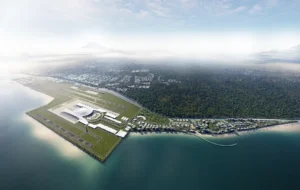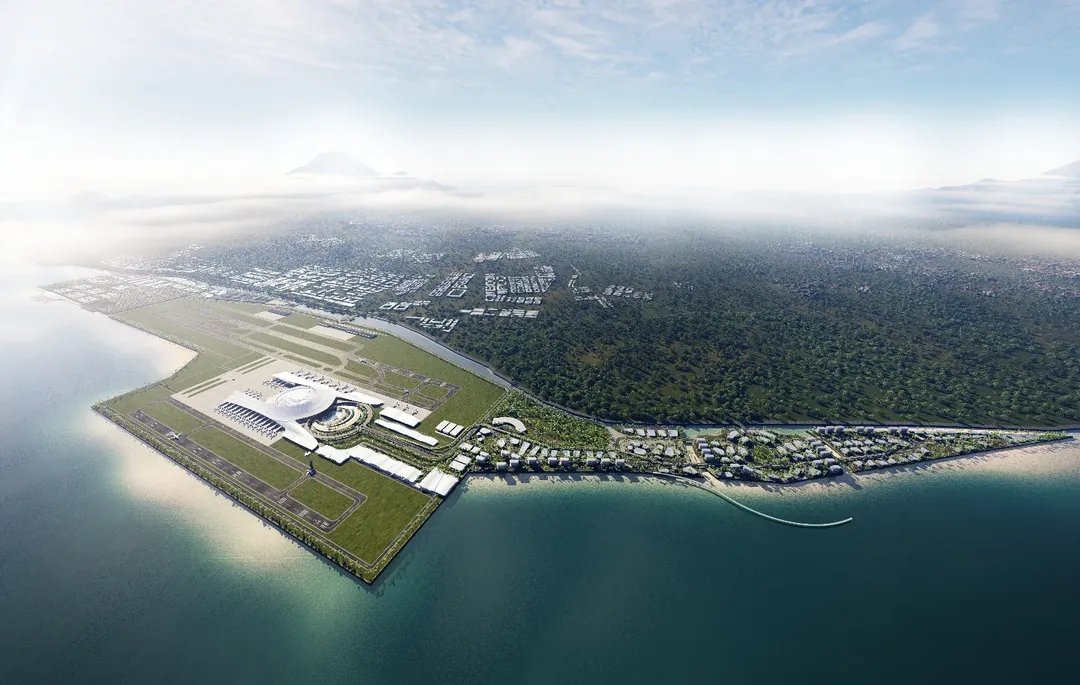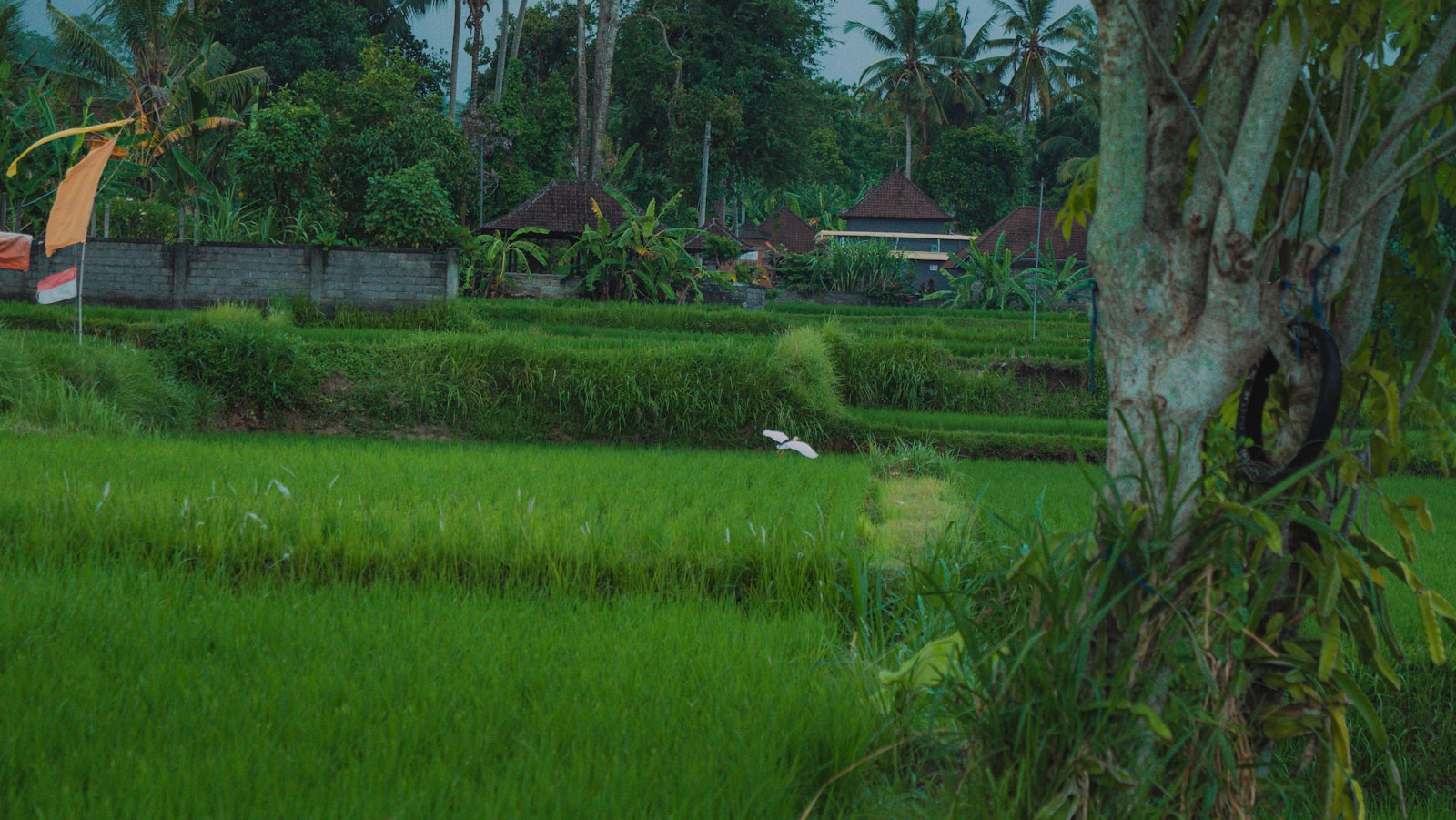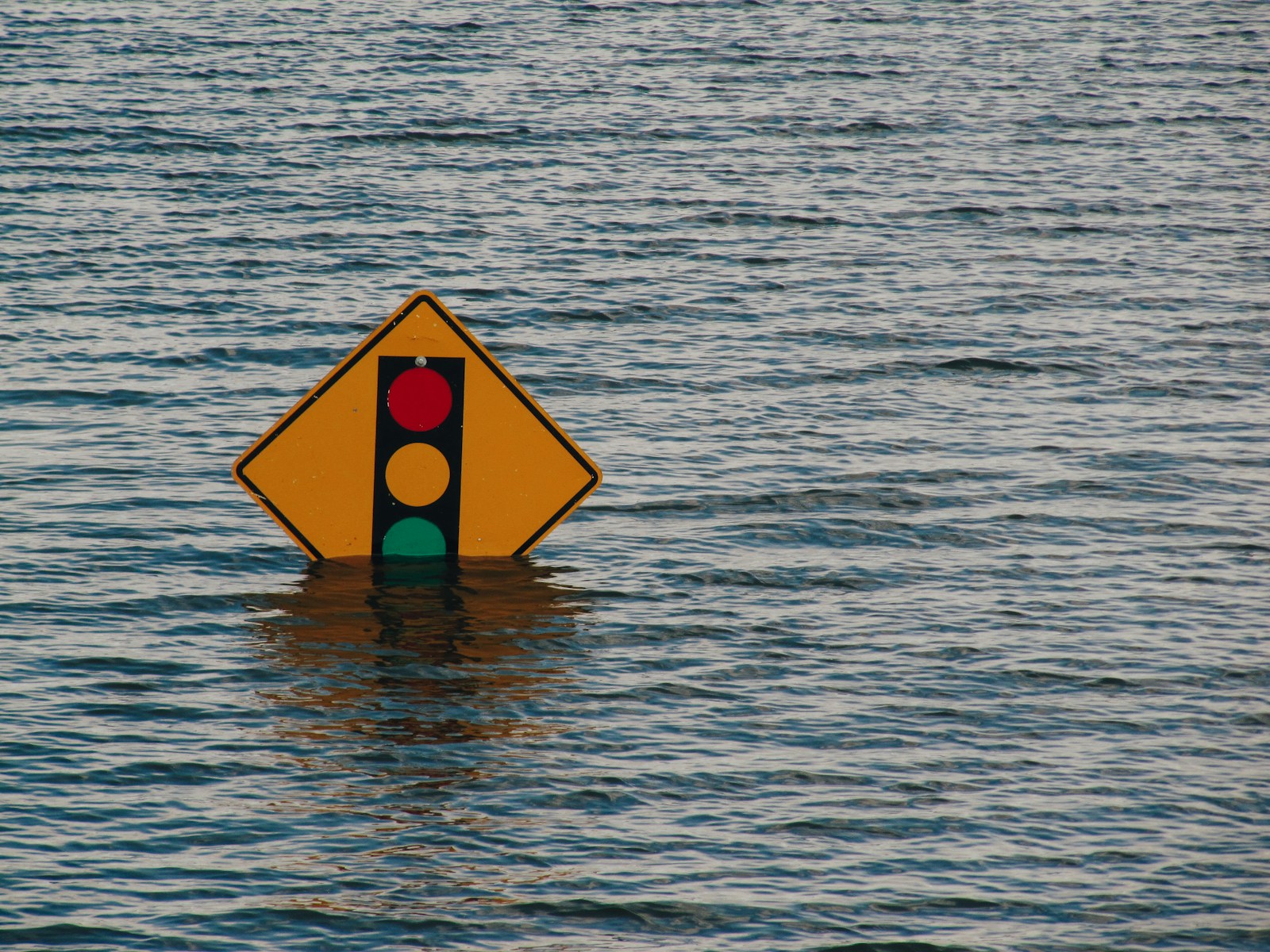Bali Is Broken (But Still Beautiful): Tourists Are Finally Saying What Locals Always Knew
Bali isn’t broken — but it’s definitely buckling under the weight of mass tourism. From plastic-filled beaches to unbearable traffic and aggressive touts, visitors are discovering the island paradise isn’t always what it looks like on Instagram. In this raw and real guide, we unpack the tourist reviews that pull no punches, explore the deeper problems Bali faces, and ask: how can we do better — as travelers and as a global community that truly loves Bali?

For decades, Bali has been painted as a tropical fantasy — a place where digital nomads “find themselves,” influencers capture that perfect sunrise yoga shot, and budget travelers live like royalty. But in 2025, a new wave of brutally honest tourist reviews are breaking through the Bali Instagram illusion — and they’re not pretty.
From plastic-choked beaches to traffic nightmares, from spiritual temples turned into selfie factories to influencers chasing clout over culture, the cracks in Bali’s paradise image are now out in the open.
But here’s the twist: Bali’s problems aren’t new. Locals and long-term visitors have been talking about them for years. The only difference? Now, tourists are finally paying attention.
From Dream Destination to Disappointment
You’ve seen the photos. A solo traveler perched on the edge of a crystal-clear waterfall. Smoothies in coconut bowls. Sunset over Uluwatu cliffs. Bali has been curated, filtered, and fed to the world as the ultimate escape.
But for many visitors arriving today, reality hits hard — and it stinks of scooter exhaust and seaweed-covered trash.
Take travel influencer @resurgent_harry, who told his followers, “You can’t escape it. The beaches are completely covered in trash.” Or Dale Philip, a travel vlogger who visited the picture-perfect Pengempu Waterfall, only to find it littered with plastic bottles and garbage piles.
Their stories echo the growing chorus: Bali looks better on Instagram than it does in real life.
So what happened?
Plastic Paradise: Why Bali’s Trash Problem Isn’t Just an Eyesore
Let’s talk trash — literally.
Bali’s beaches are suffering from a tidal wave of plastic. And no, it’s not just careless tourists tossing snack wrappers. Indonesia’s ocean currents naturally funnel garbage from other islands to Bali’s west coast. Add in monsoon season, and you’ve got debris landing daily.
That said, Bali’s internal waste systems are also part of the problem. Most of the island lacks centralized waste collection, especially outside tourist hubs. Only about 60% of Bali’s waste is managed properly. The rest? Burned, buried, or dumped.
And during peak tourist season, the sheer volume of waste multiplies.
Local cleanup groups like One Island One Voice and Trash Hero are doing incredible work. But let’s be real — cleaning up after 6 million tourists a year is an impossible task without structural change.
The Price of Popularity: Overtourism Hits Breaking Point
Once, Ubud’s rice terraces were the picture of tranquility. Today? Crowds, drone buzz, and TikTok dance routines.
Bali’s rapid rise in tourism over the last two decades has led to overtourism on a massive scale. Once-quiet villages now struggle to handle the crowds. Sacred temples feel more like amusement parks. And peaceful nature walks often turn into chaotic selfie zones.
In 2024, even Fodor’s Travel put Bali on its “No List,” warning that some of its most iconic destinations were literally crumbling under their own popularity.
The infrastructure was never designed to handle this many people. Roads are jammed. Water shortages are real. And the spiritual soul of Bali is being drowned in the noise of mass tourism.
Bali's Traffic is a Full-Time Job
If you're dreaming of quiet scooter rides through jungles, think again.
Traffic in Bali is relentless. In hotspots like Ubud, Seminyak, and Canggu, gridlock is part of daily life. A 15-minute trip often turns into an hour of horn-honking chaos. Scooters weave recklessly. Pedestrians dodge potholes. And forget public transport — there basically isn’t any.
As one blogger bluntly put it: “Bali can’t handle more than 4 million visitors a year. But it gets over 6 million.”
The stress of just getting from A to B has left many travelers disappointed, exhausted, and disillusioned. And as emissions rise, so do Bali’s pollution levels — physical and emotional.
Tourist Traps and Touts: When Paradise Feels Like a Sales Pitch
Here’s a not-so-secret truth: many of Bali’s most “authentic” experiences have become pay-to-play setups.
At famous temples and rice terraces, visitors are often met with multiple charges. Entry fee. Selfie fee. “Staff escort” fee. “Spiritual donation.” You name it. And while these payments do support local economies in theory, many travelers are left feeling like walking wallets.
One travel writer even skipped the Tegalalang Rice Terraces altogether after hearing stories of aggressive touts and payment checkpoints every few steps.
Markets, once charming, now feel like pressure cookers. And taxi drivers refusing meters have become a running joke. You either hire a driver for the day or risk being scammed.
This isn’t tourism — it’s a hustle.
Influencer Culture: The Double-Edged Sword of #BaliLife
Love them or loathe them, influencers have put Bali on the map — and changed it forever.
Their glamorous feeds have built the Bali brand: cliffside villas, infinity pools, and early morning yoga in golden light. But as more influencers arrive chasing the same shots, the island is experiencing a strange identity crisis.
“I left Bali after 48 hours. It felt fake, like everyone was performing for their followers.”
– Zoe Rae, tourist from the UK
Influencer culture is now baked into Bali’s economy. Villas are designed for photo shoots. Cafes cater to aesthetic above authenticity. And sacred spaces are constantly interrupted by content creators looking for “the shot.”
Worse, this curated version of Bali creates wildly unrealistic expectations — and when reality doesn’t match the grid, travelers feel duped.
The Root Problem: Bali Wasn’t Built for This
It’s tempting to point fingers — at careless tourists, greedy developers, or selfie-hungry influencers. But the truth is more complex.
Bali’s economy is now deeply dependent on tourism. And like many destinations, it embraced fast, high-volume tourism without a long-term strategy. The result? A fragile system now straining under its own success.
Meanwhile, the environmental and cultural cost is being paid by local communities.
But it’s not too late.
Quiet Revolutions: The Rise of a Better Bali
Despite all this, hope is not lost.
Across the island, a quiet shift is underway.
In northern and eastern Bali, places like Sidemen, Amed, and Munduk are offering a slower, more respectful kind of travel — rooted in culture, nature, and community. Small eco-retreats are replacing mega-resorts. Sustainable farming and permaculture projects are thriving. And travelers are waking up to the idea that less really can be more.
Even local governments are stepping up:
- Tourist taxes are being introduced to fund sustainability
- Some areas are banning motorbike rentals to reduce chaos
- Drone usage near temples is being restricted
The message is clear: Bali can’t go back. But it can go forward — differently.
Before You Book That Ticket…
Let’s get something straight.
Bali is still breathtaking. The people are kind, the culture is rich, and the natural beauty is powerful. But if you show up expecting an untouched paradise designed for your Instagram feed, you’re setting yourself up for disappointment — and contributing to the very problems you’ll complain about.
If you really love Bali, you’ll take the time to travel it better.
Support small family businesses. Skip the “must-see” hype. Stay longer in fewer places. Don’t expect luxury on a shoestring budget. And for the love of Bali’s gods — pack your patience, your respect, and maybe a reusable bottle.
Because paradise isn’t found. It’s created — by how you show up.
Love Bali? Then Travel Like You Mean It
This is your moment to choose.
You can be just another tourist chasing a filtered version of paradise. Or you can slow down, tune in, and experience the Bali that still exists beneath the noise — the one full of spirit, struggle, beauty, and resilience.
It’s not about canceling Bali. It’s about traveling consciously.
The island has given so much to the world. Maybe it’s time we give something back.
BONUS: Bali’s Tourism Crisis — The Honest Takeaways
If you’re skim-reading, here’s what you need to know:
- Bali’s biggest problem is volume — too many people, not enough planning
- Plastic waste, water shortages, and traffic are real issues — not exaggerations
- Influencer culture has made Bali famous — and unrealistic
- The “real Bali” is still there, but harder to find
- Responsible travel is the only way forward
Scroll UP for more….










